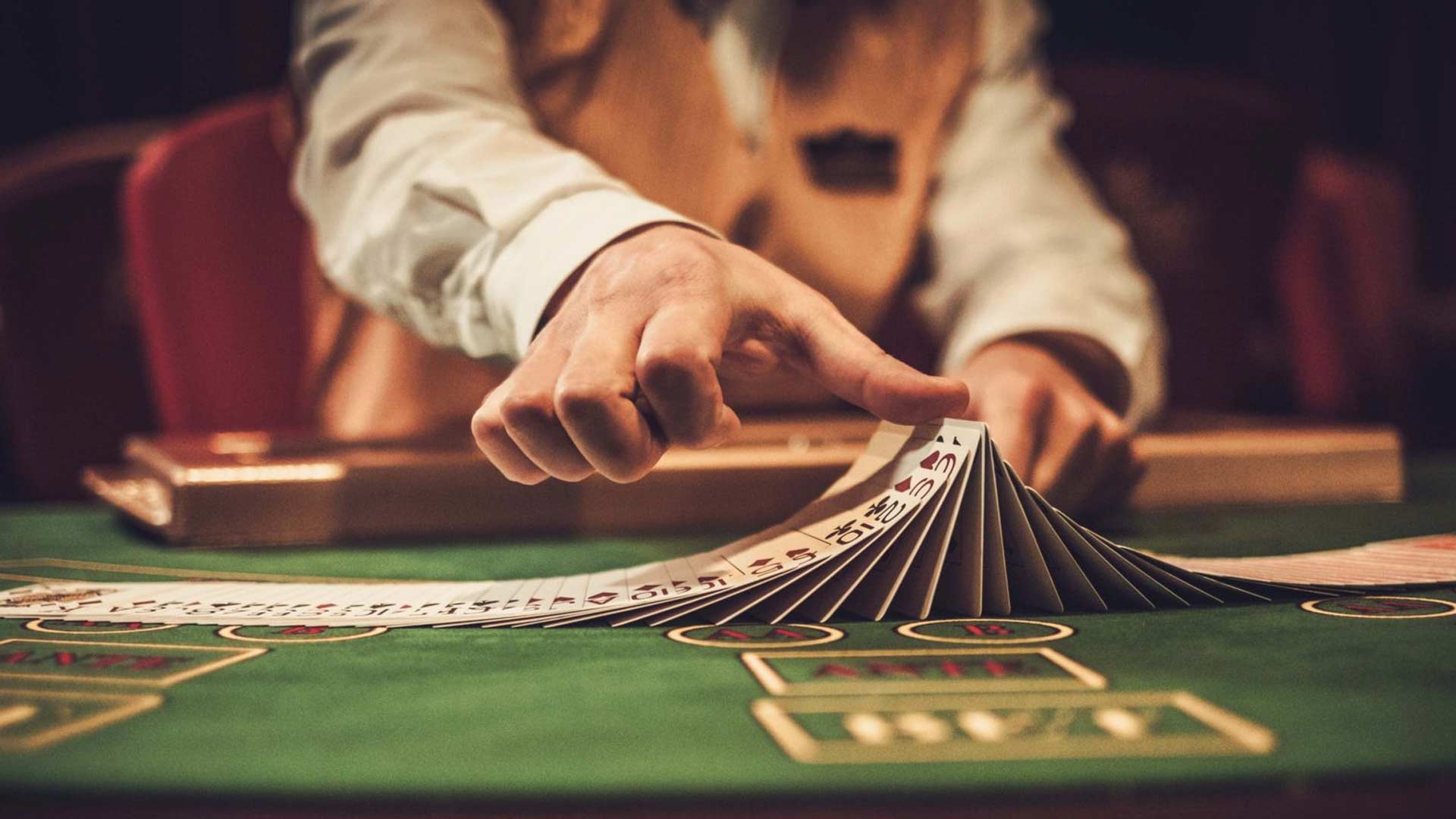The Evolution of Dice Across Cultures

The Evolution of Dice Across Cultures
Dice, those humble polyhedral objects, are far more than mere tools for chance. They represent one of humanity's oldest and most enduring recreational artifacts, transcending geographical and cultural boundaries. From ancient rituals and fortune-telling to modern board games and sophisticated gambling, the simple act of rolling a die has shaped leisure, resolved disputes, and even influenced mathematical understanding for millennia. This journey through time reveals not just the changing forms of dice but also the evolving human relationship with fate, probability, and entertainment, making the history of dice a fascinating study of human ingenuity and cultural development.
The earliest known predecessors of modern dice date back thousands of years. The most common early form was the astragalus, or knucklebone, derived from sheep or goat hooves. These natural objects, with their four distinct sides, were used for divination and games of chance in Mesopotamia, ancient Egypt, and the Indus Valley Civilizations as far back as 3000 BCE. Archaeological digs have unearthed cubical dice made from bone, ivory, and stone from sites like Shahr-e Sukhteh in Iran (c. 2800 BCE), indicating a sophisticated understanding of balanced rolls even in the Bronze Age. These ancient games and artifacts suggest dice were integral to early social structures, used perhaps for allocating resources or predicting harvests, forming the very foundation of gaming history.
The Romans, renowned gamblers, made dice an inseparable part of their daily lives. Called "tesserae," these dice were typically cubic and crafted from bone, ivory, bronze, or even precious stones. Gaming houses, known as "tabernae lusoriae," were common across the empire, reflecting a widespread fascination with games of chance. Roman emperors themselves were known to indulge; Emperor Augustus reportedly enjoyed dice games to unwind. In ancient Greece, dice games ("kybeia") were also popular, often depicted in art. Their use extended beyond mere amusement, sometimes being employed in lotteries or in military strategy to determine actions, highlighting their versatile role as cultural artifacts in society.
As empires rose and fell, dice continued their omnipresent role throughout the medieval and Renaissance periods. In medieval Europe, dice games often accompanied other forms of entertainment, from taverns to noble courts, despite occasional ecclesiastical condemnation. Materials expanded to include wood and baked clay, making them more accessible. The Renaissance saw a renewed interest in games and chance, with notable figures like Galileo Galilei even analyzing the probabilities involved in dice rolls, laying foundational groundwork for modern probability theory. This era also witnessed the diversification of dice shapes beyond the standard six-sided cube, as more complex board games began to emerge, paving the way for intricate game design and influencing the evolution of gaming.
Across Asia, dice took on unique cultural significance. In ancient China, dice were closely linked to various forms of gambling and divination, influencing games like Mahjong, which sometimes incorporates dice for scoring or turn determination. Indian history is replete with references to dice, notably in the Mahabharata, where a pivotal dice game leads to significant consequences, illustrating their role in epic narratives and moral dilemmas. Games like Pachisi (the precursor to Ludo) utilized cowrie shells as an early form of dice, demonstrating how natural elements were adapted for randomized play. These Eastern traditions often imbued dice with spiritual or philosophical meanings, connecting chance outcomes to destiny or divine will, further enriching gambling history.
The Enlightenment era brought a more scientific approach to understanding games of chance. Mathematicians like Blaise Pascal and Pierre de Fermat further developed probability theory, often using dice as a prime example for their calculations. This intellectual rigor led to greater standardization in dice manufacturing. Precision and fairness became paramount, especially as gambling evolved into a more formalized industry. Modern dice are typically made from plastic polymers and precisely balanced to ensure random outcomes, a stark contrast to their less predictable ancient counterparts. This emphasis on mathematical fairness underpins everything from casual family games to high-stakes casino games and complex game theory applications.
Today, dice remain indispensable across a vast spectrum of activities. They are the heart of countless board games, from Monopoly to Catan, and central to the mechanics of complex role-playing games (RPGs) like Dungeons & Dragons, where polyhedral dice (D4, D8, D12, D20) dictate character actions and outcomes. The digital age has also seen dice evolve into virtual forms, embedded in video games, online casinos, and digital simulations. This virtual transition allows for unprecedented scale and accessibility. Furthermore, the principles of dice and chance are fundamental to the mechanics of online betting and sports wagers, where platforms like m88 taruhan sport leverage complex algorithms to generate odds and facilitate a dynamic gaming experience, mirroring the long-standing human desire to engage with chance, albeit in a technologically advanced format.
From primitive astragali to sophisticated digitally rendered polyhedrons, the evolution of dice is a compelling microcosm of human history. They bridge the gap between ancient superstitions and modern statistical analysis, embodying humanity's enduring fascination with fate, risk, and structured play. As long as humans seek to inject an element of unpredictable excitement into their lives, whether for entertainment, decision-making, or pure chance, the humble die will continue to roll, adapting its form but never losing its fundamental appeal as a universal symbol of possibility and a timeless component of human culture.